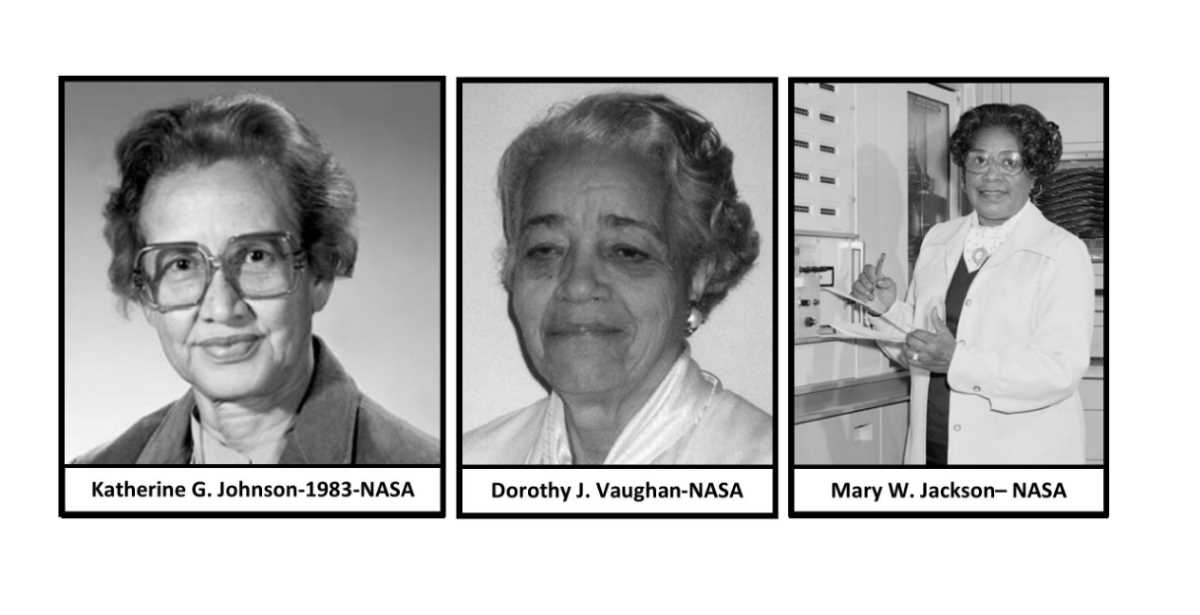The Women Scientists Who Were Stars Before Their Time
Ignoring the groundbreaking contributions of women in science doesn't just rob them of deserved recognition; it sets a dangerous precedent for future generations. When young girls don't see women celebrated in STEM fields, it sends a harmful message.

In the captivating 2016 film, Hidden Talents, directed by Theodore Melfi, we are swept off our feet by the untold story of three extraordinary African-American women: Katherine Johnson, Dorothy Vaughan, and Mary Jackson. Not mere fictional characters, these women were the unsung mathematical geniuses behind some of NASA's most memorable milestones.
Through their precise calculations, astronaut John Glenn made his historic orbit around Earth. Yet for many years, their tale lived in the shadowy corners of history, obscured by a veil of ignorance and systemic prejudice. What's astonishing isn't their genius or achievements; it's the glaring fact that so many of us knew nothing of them.




